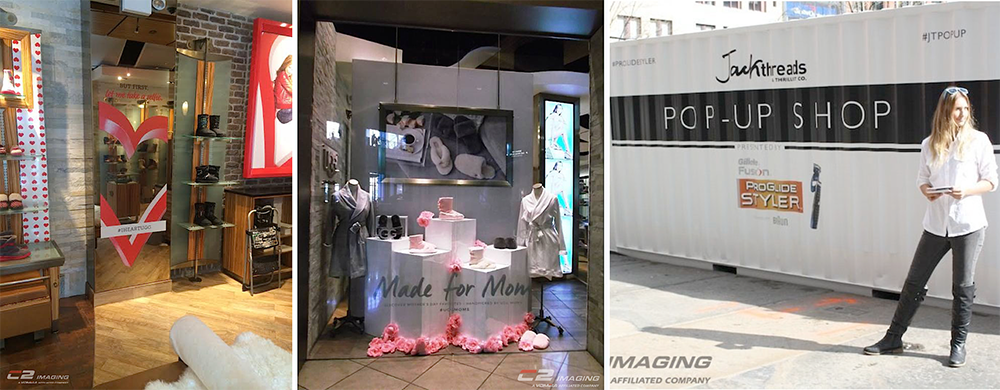
Tips for Combining Social Media and Print Marketing
Tuesday , 20 January 2015 |
You already know social media is popular with many people of different ages and backgrounds. Social media, when utilized correctly, has the ability to enhance the consumer experience. Find friends in the area, local restaurants that are popular, stores that you didn't realize even opened nearby. From a business perspective, it's a great opportunity. The cost of social media advertising is considerably low compared to some other media, so it's no wonder that this is a great place to be for the right companies.
At the same time, you hear that print marketing and advertising is on the decline. Some newspapers and magazines have disappeared or focused on digital versions. However, the print industry is still a very big one, and for good reason.
Think about your consumers. Sure, on average they are probably spending a lot of time on a computer, smartphone or tablet, getting social, but that's not the only thing they do. They still commute, dine-out, shop at physical stores, travel, etc. Remember, the smartphone became popular because there was a need to be connected while on the go. People still go places. So where do you focus your advertising and marketing efforts?
Here are some tips for combining social media and print marketing:
At the same time, you hear that print marketing and advertising is on the decline. Some newspapers and magazines have disappeared or focused on digital versions. However, the print industry is still a very big one, and for good reason.
Think about your consumers. Sure, on average they are probably spending a lot of time on a computer, smartphone or tablet, getting social, but that's not the only thing they do. They still commute, dine-out, shop at physical stores, travel, etc. Remember, the smartphone became popular because there was a need to be connected while on the go. People still go places. So where do you focus your advertising and marketing efforts?
Combine Strategies
The good news is that you don't need to choose between print and digital when it comes to managing your marketing budget. A proper strategy will utilize both and combine the two for a campaign that reaches consumers whether their face is in a phone, or their head is up, taking notice to the world.Here are some tips for combining social media and print marketing:
- Run a social media campaign, such as a giveaway, and market that campaign in-store with printed materials.
- Hashtags help you tie everything back to your brand, as well as making it easier for you to track mentions of your campaign, event, product or business.
- Determine where your online audience spends their time offline and run an ad campaign there.
- Drive all traffic to your website and keep your designs and messages consistent. This eliminates any potential confusion and keeps the focus on the overall message.
- Use a QR code. QR codes are perfect for printed materials, as it makes it easy for consumers to quickly access the webpage you want them to see. Keep the placement in mind. It's almost impossible, and unsafe to scan a moving vehicle. Also, some subway and train stations cut out cell phone service - that means you can scan but it won't load.
- Add branded vehicle wraps or magnets to your fleet to get your message on the road.
- Trade show booths and event tables are ideal for social integration. Set up a photo station with a step and repeat (SNR) with your logo and a hashtag on it, or print a sign tells people what hashtag to use when sharing their photo. This also works well for a new product reveal.
- Social media can help spread the word about a pop-up shop, but don't forget about all the temporary signage options. You want people to recognize your shop from the outside. More on pop-up shops.

The key to successfully integrating your online and offline marketing it using a consistent message and design. You shouldn't have to choose between the two, they are equally important.
Jan 20, 2015 |
Share This, Choose Your Platform!
